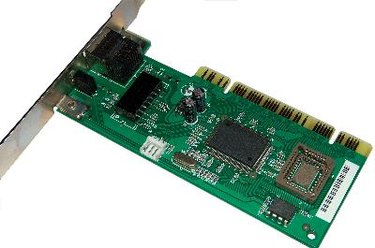
If something goes wrong with one of your USB ports, or if you simply need more connections, it isn't too difficult to replace the part on your own so long as you have a little mechanical expertise. All you need is an appropriate new USB card--a PCI slot compatible card for USB ports in the back, or a front panel USB hub for the front--and a screwdriver.
Choosing the Best USB Card
Video of the Day
Step 1
Unplug all devices from your computer and set it upright on an uncluttered table away from carpeting or anything else that might cause static electricity.
Video of the Day
Step 2
Open your computer's case by turning it so that the back is facing you. Unscrew the two large screws on the right that are holding the side panel on and pull the side panel toward yourself. Reference the instructions that came with your computer if your case doesn't have screws holding down the side panel for more info on how to open it.
Step 3
Locate the USB ports that you would like to replace. If the ports are in the front of your computer's case, you are going to need a "Front Panel" USB hub (see Resources). If they are in the back, determine whether they are connected to a PCI slot--a long, white, rectangular slot--or are a part of the motherboard itself. If they are connected to a PCI slot, then you need a PCI USB port controller card (see Resources). Otherwise, you may be unable to replace the port without replacing the entire motherboard.
Step 4
Buy your new USB port. Be aware that if the port itself connects through USB, you probably want to have a motherboard to header port USB connector (see Resources); otherwise, you have to run a cable to the outside of your computer's case to a different, functioning USB port to get it to work.
Installing the New USB Card
Step 1
Open your computer's case by removing the side panel.
Step 2
Use your screwdriver to remove any screws connected to the old USB card. If the card is in the back of the case, there should be only one screw to remove, connected to the case itself. If it is in the front, you may need to remove the other side panel on your computer's case to remove all the screws. Consult your computer's documentation if you have difficulty with this step.
Step 3
Remove the PCI USB card with a strong, upward tug. If the card is in the front of the case, it should slide out easily.
Step 4
Place the new card where the old one was. Press straight downward firmly, holding the USB card at both ends, to lock it into the PCI slot; then, screw it onto the case. For a front-side card, slide it back in the way it came out, and screw it on. Then, screw it onto the case and connect it to the motherboard either through USB or a port header connection, which is a series of about 8 small color coded cables that you plug into the motherboard's port header--a rectangular collection of small, metallic pins, usually located at the bottom right of your motherboard--by matching their color to those of the motherboard port header's.